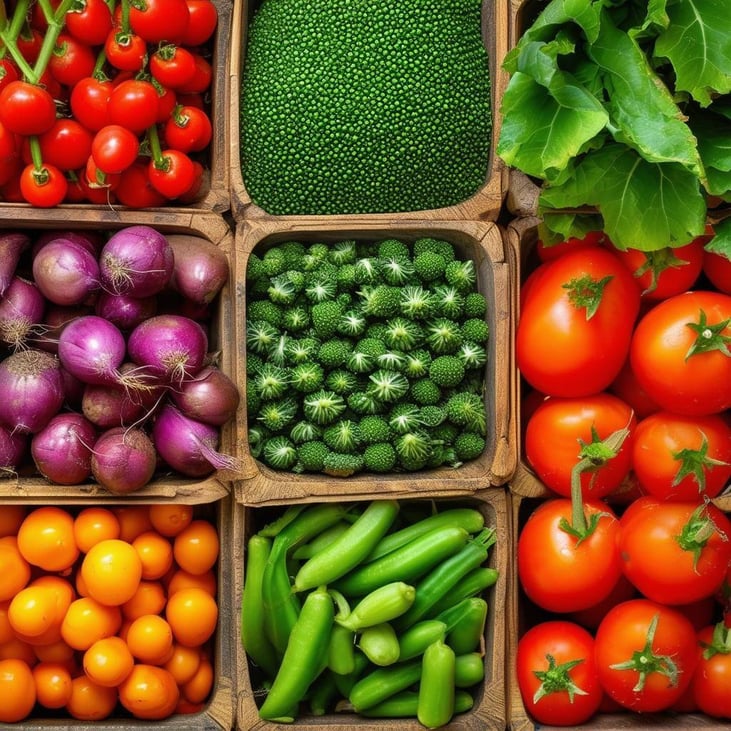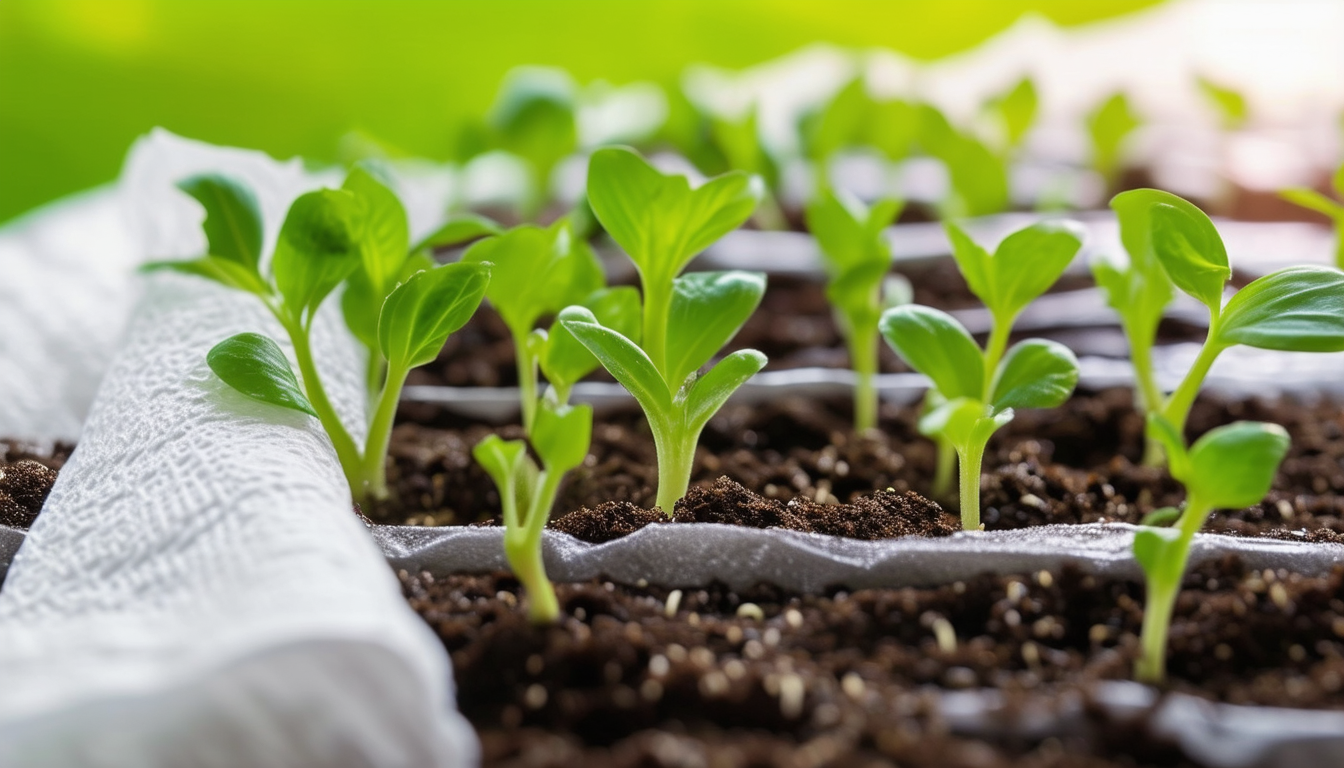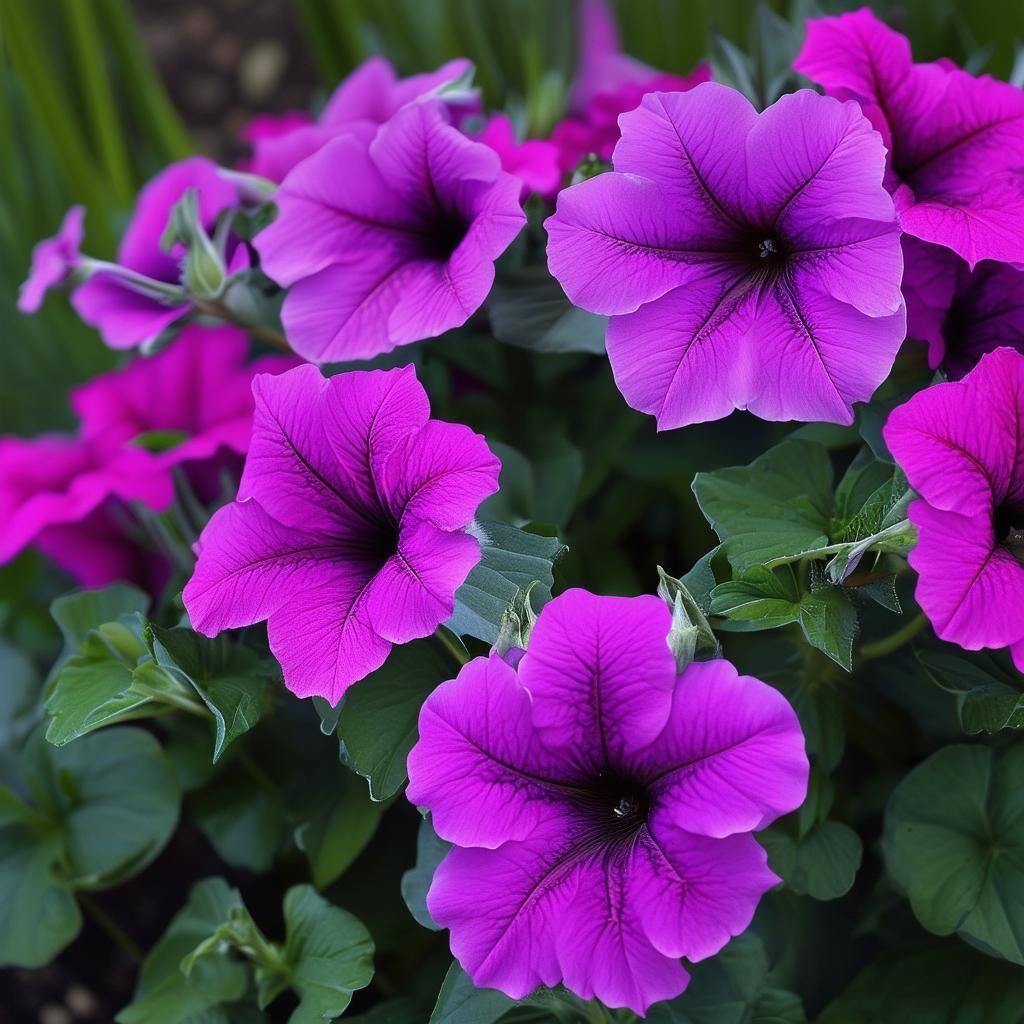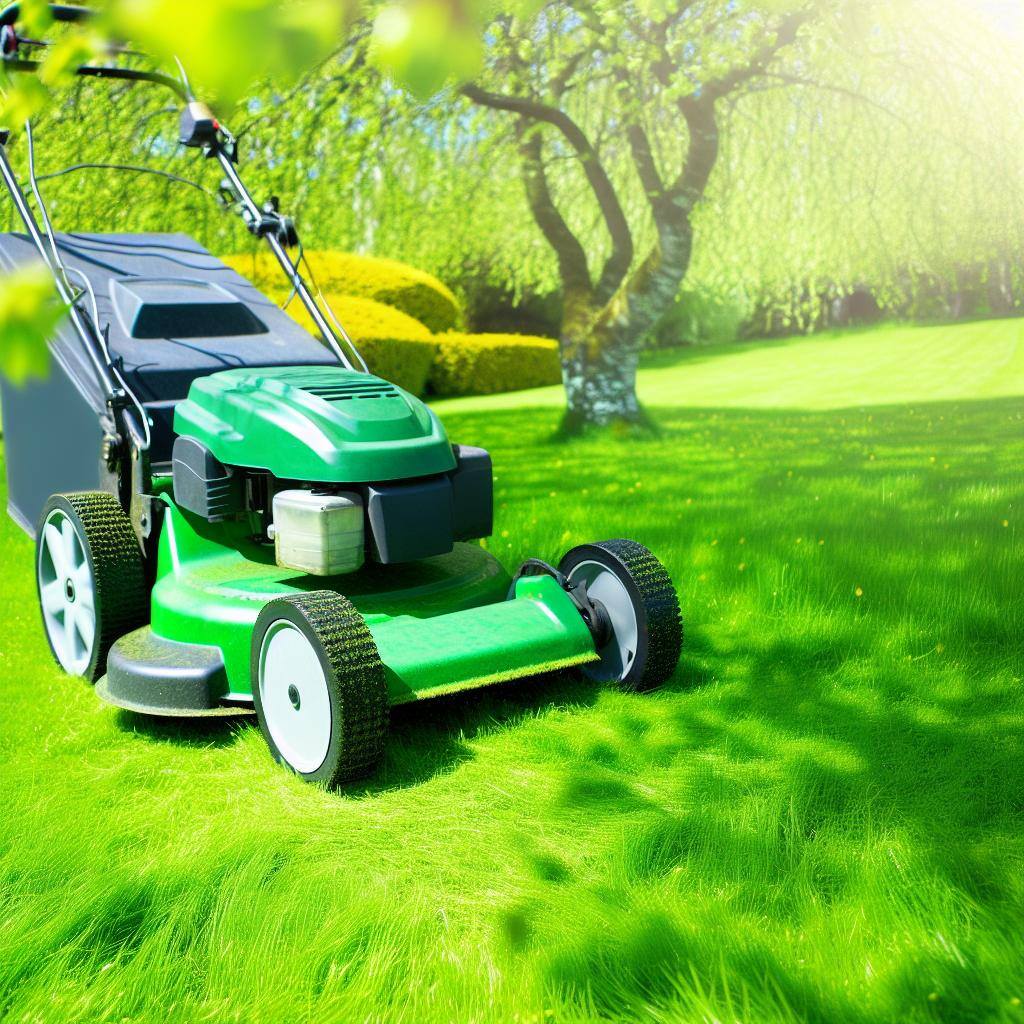
Unlock the magic of your garden with heirloom vegetable seeds that promise rich flavors and vibrant colors.
The Charm of Heirloom Vegetables
Heirloom vegetables are treasured for their history, distinct flavors, and vibrant colors. Unlike hybrid varieties, heirloom vegetables have been passed down through generations, maintaining their unique characteristics and genetic diversity.
Growing heirloom vegetables allows gardeners to preserve biodiversity and enjoy produce that is often richer in taste and nutritional value. Each heirloom seed carries a story, connecting gardeners to the traditions and flavors of the past.
Top 20 Heirloom Vegetable Varieties to Plant
1. Brandywine Tomato - Known for its rich, juicy flavor.
2. Cherokee Purple Tomato - A robust, smoky taste.
3. Dragon’s Tongue Bean - Striking purple and yellow pods.
4. Amish Paste Tomato - Ideal for sauces and paste.
5. Moon and Stars Watermelon - Named for its unique rind pattern.
6. Golden Bantam Corn - Sweet, tender kernels.
7. Purple Haze Carrot - Deep purple exterior with an orange core.
8. Black Krim Tomato - Dark, maroon fruit with a salty-sweet flavor.
9. Lemon Cucumber - Crisp, citrus-like taste.
10. Rattlesnake Pole Bean - Green pods with purple streaks.
11. Chioggia Beet - Red and white striped interior.
12. Jimmy Nardello Pepper - Sweet and perfect for frying.
13. Paris Market Carrot - Small, round, and tender.
14. Green Zebra Tomato - Tangy, green-striped fruit.
15. Wapsipinicon Peach Tomato - Soft, fuzzy skin with a sweet taste.
16. Red Russian Kale - Tender leaves with a mild flavor.
17. Delicata Squash - Sweet, nutty flesh.
18. Mortgage Lifter Tomato - Large, meaty fruit.
19. Detroit Dark Red Beet - Deep red, sweet flesh.
20. Blue Lake Bush Bean - Tender, stringless pods.
Benefits of Growing Heirloom Vegetables
Growing heirloom vegetables offers numerous benefits, including superior taste and nutritional value. Heirloom varieties are often more flavorful and nutrient-dense than their hybrid counterparts.
Heirloom seeds contribute to biodiversity by preserving unique plant genetics that might otherwise be lost. Additionally, many heirloom varieties are more resilient and better adapted to local growing conditions, making them a great choice for sustainable gardening.
How to Cultivate Heirloom Vegetables Successfully
To cultivate heirloom vegetables successfully, start by selecting varieties that are well-suited to your local climate and soil conditions. Prepare your garden bed with rich, well-draining soil and ensure it receives adequate sunlight.
Use organic compost and mulch to nourish your plants and retain moisture. Regularly water your garden, but avoid overwatering. Monitor for pests and diseases, and use natural remedies to protect your heirloom plants. With proper care, you can enjoy a bountiful harvest of heirloom vegetables.
Where to Find Quality Heirloom Vegetables Seeds
Quality heirloom vegetable seeds can be sourced from reputable seed companies, local nurseries, and farmers' markets. Look for companies that specialize in heirloom varieties and offer detailed descriptions and growing instructions.
Online seed exchanges and gardening forums are also excellent resources for finding heirloom seeds and connecting with other gardeners. By choosing trusted sources, you can ensure the authenticity and quality of your heirloom seeds.
5 Steps to Planting Your Heirloom Vegetables Seeds
1. **Prepare the Soil:** Start with nutrient-rich, well-draining soil. Incorporate organic compost to enhance soil fertility.
2. **Planting:** Sow seeds at the appropriate depth and spacing as indicated on the seed packet. Cover seeds lightly with soil and gently pat down.
3. **Watering:** Water your seeds immediately after planting. Keep the soil consistently moist but not waterlogged.
4. **Mulching:** Apply a layer of mulch around seedlings to retain moisture and suppress weeds.
5. **Care and Maintenance:** Regularly check for pests and diseases. Thin seedlings if necessary to prevent overcrowding and ensure healthy growth.



